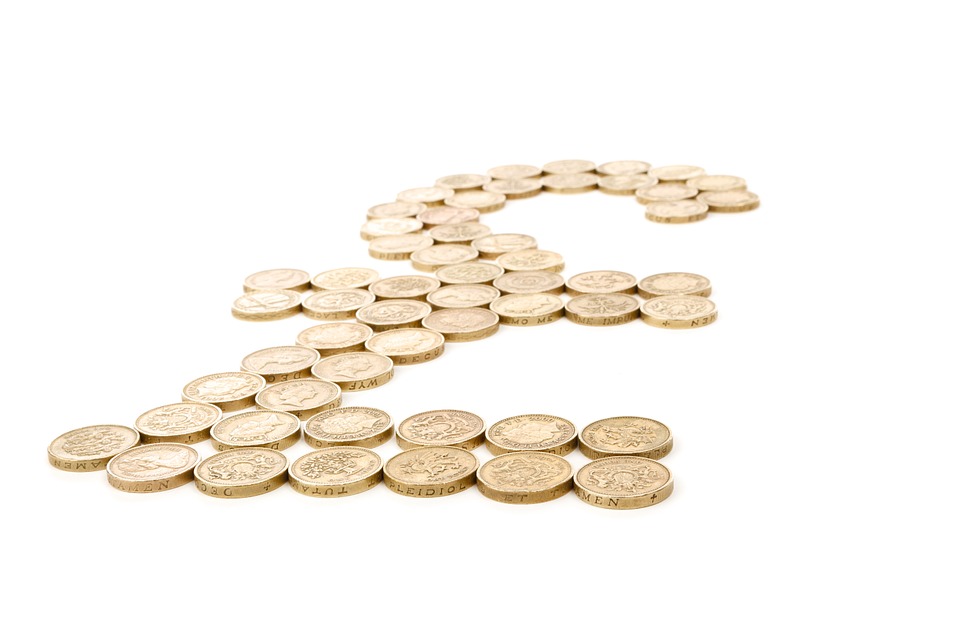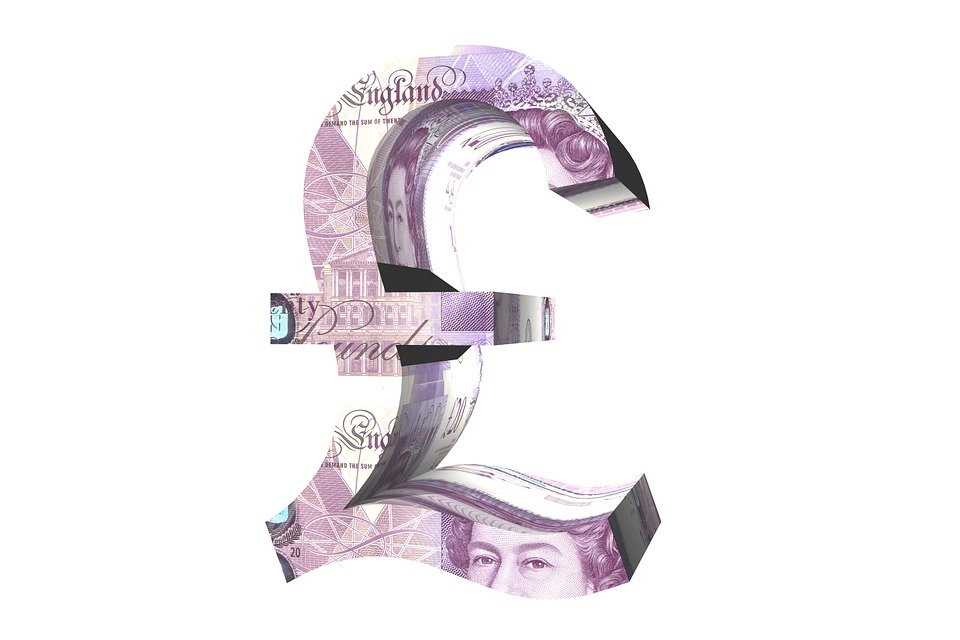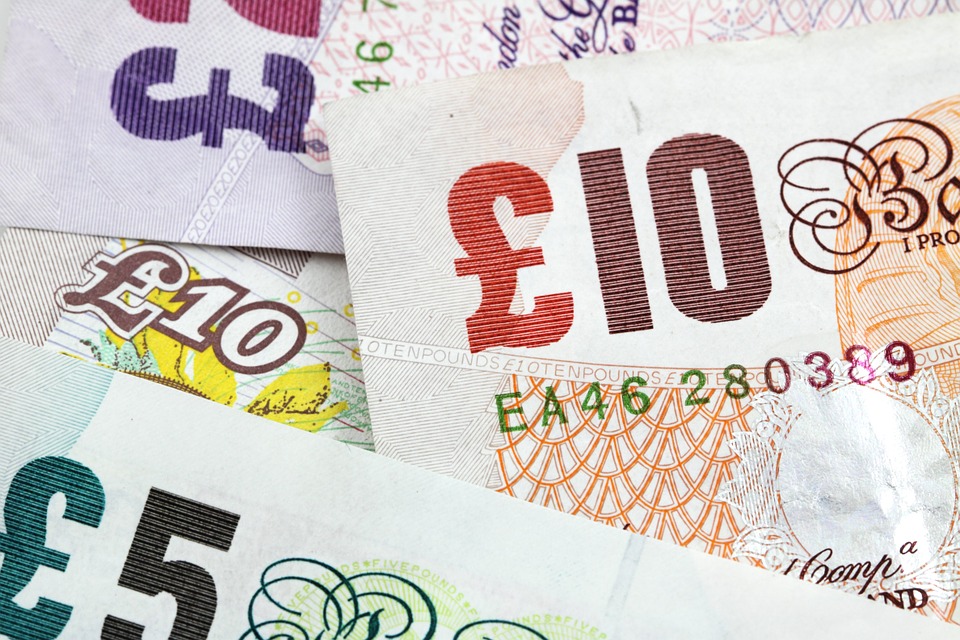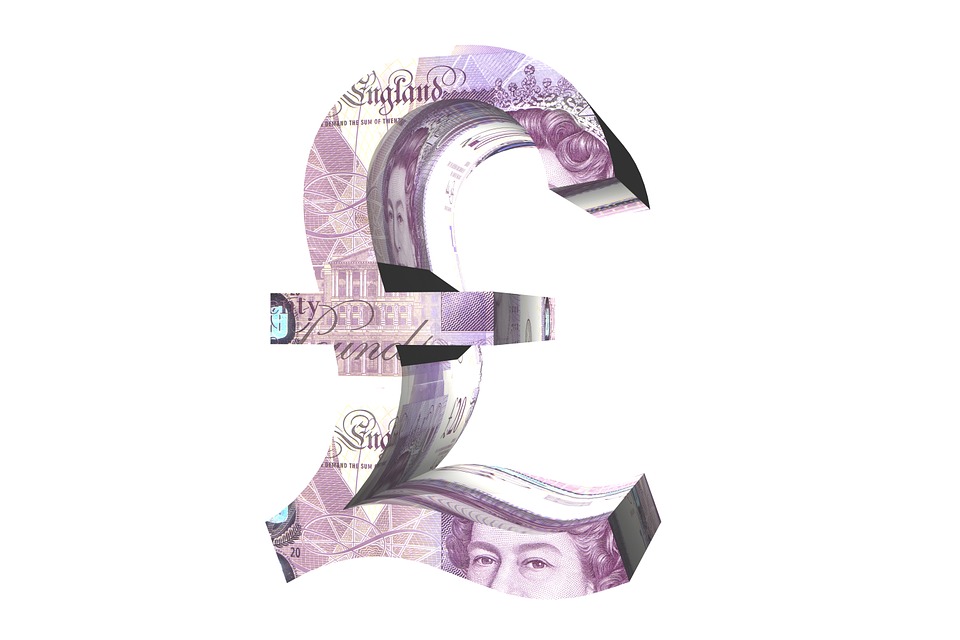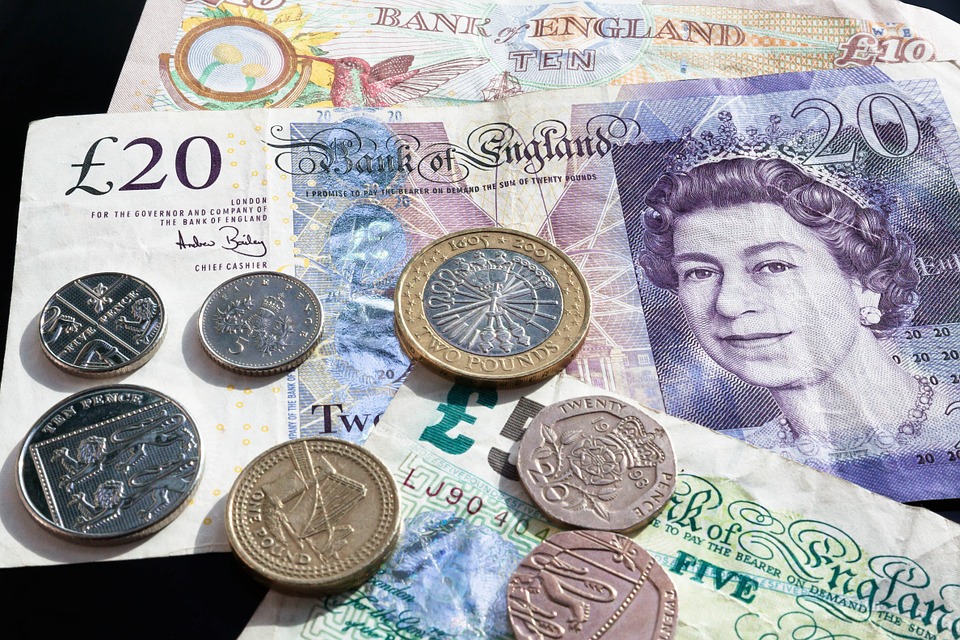The Pound-to-Euro exchange rate moved back above the 1.14 level on Thursday and looks set to recover most of the sharp decline it experienced on Tuesday, a decline that coincided with a broad-based retreat in stocks and oil prices.
For Sterling the broader picture therefore matters and the near-term outlook rests on developments in oil and stock markets, while for the Euro the outcome of a looming European Council meeting on financing a coronavirus economic package will be watched over coming hours.
“Sterling rose against the weaker Euro but was little changed versus the Greenback following a spate of negative news on the world economy,” says Joe Manimbo, a foreign exchange analyst at Western Union. “Oil and stocks for now holding their chins higher translated into support for the Pound.”
From a fundamental viewpoint, we note that oil price dynamics have been impacting Sterling negatively of late, via their ability to shift the dial of broader risk sentiment across the market.
Oil has come under scrutiny this week after futures of West Texas Intermediate crude, the North American benchmark, fell below zero amid an unprecedented supply glut that’s pushed storage capacity constraints to critical levels. Many storage facilities have filled up amid the global economic stoppage brought on by the coronavirus but the barrels are still coming thick and fast, which is stoking increased prices for storage space that has exacerbated the pressure on the market for barrels sold and delivered in the here and now.
“As the front month in futures flips over to June, WTI is under $12p/bbl and Brent under $18,” says Kit Juckes, chief FX strategist at Societe Generale. “If freight rates doubled in floating storage, the contango would have to widen to $25.65. This would imply front month Brent and WTI at $11.35\bbl and $7.10\bbl respectively.”
Brent prices followed WTI crude prices lower on Monday and Tuesday, although not nearly as low as the North American benchmark, and the Pound-Dollar rate followed the both south despite the UK being a net oil importer. Lower oil prices are an economic stimulus for the UK in normal times, rather than an economic cost, but the Pound-Dollar rate still has an uncanny correlation with crude prices that are being widely tipped to hit new lows before long as the global economic shutdown continues.
Monday’s episode revealed that it now costs more to store a barrel of oil than it does to buy one for delivery in the here and now, which is a situation that’s not yet reflected in the price of June 2020 crude oil futures. Brent and WTI were trading up around $20 and $13 per barrel overnight for the June month but as the futures expiry date in draws closer in late May there’s a chance downward pressure could build again, and key to whether it does will be daily changes in the cost of storage space. Those freight rates will themselves be highly sensitive to progress among major economies toward easing the ‘lockdown’ measures used to contain the coronavirus.
“It remains to be seen whether the price of Brent will (or will not) be as big a casualty of the current oil market dynamic as its WTI cousin. There are risks that the US supply glut could be fully replicated elsewhere, and it’s not clear that Saudi Arabia’s “involvement” in all of this will dissipate quickly,” says Stephen Gallo, European head of FX strategy at BMO Capital Markets.
Sterling might meanwhile need a negative outcome from the looming European Council meeting in order to avoid a fresh turn lower against the Euro.
The Euro exchange rate complex has been weighed down by the fragmented and fractious European response to the coronavirus crisis and the Euro bloc’s leaders are under immense pressure to agree a common fiscal solution on Thursday, which would very likely be a positive influence on the Euro if it happens.
Financial stability on the ‘periphery’ is at stake in the short-term and the unity, if-not existence of the bloc itself, is at risk on a longer-term horizon.
A falling oil price and European ‘solidarity’ would weigh on the Pound-Dollar rate while lifting the Euro-Dollar rate in what would be a toxic cocktail for the Pound-Euro rate that risks vindicating some bearish views on the outlook for Sterling.
Technical analysts at Commerzbank have tipped the Pound-Euro rate for steep falls in the weeks and months ahead, falls so steep they might potentially see Sterling back at its lowest levels since the 2008 crisis.
A down-day on Thursday, for any reason, would keep the 2020 downtrend in the Pound-Euro rate alive while bringing 2008 lows a step closer.
“EUR/GBP has risen to the April 7 high at .8865 as expected. If it were to be overcome, the March 20 low at .8994 would be back in play,” says Karen Jones, head of technical analysis for currencies, commodities and bonds at Commerzbank, referring to the 1.1280 and 1.1118 levels of the Pound-Euro rate respectively.
Jones advocated this week that Commerzbank clients sell the Pound-Euro rate around 1.1412 and is looking for the 1.1118 to give way in the first instance. She’s also tipping the Pound-Euro rate to fall to 1.0200 over the next three weeks or so, where it could remain for months after, but says a move above 1.1519 would negate these forecasts.
Written by James Skinner
Source: Pound Sterling Live

